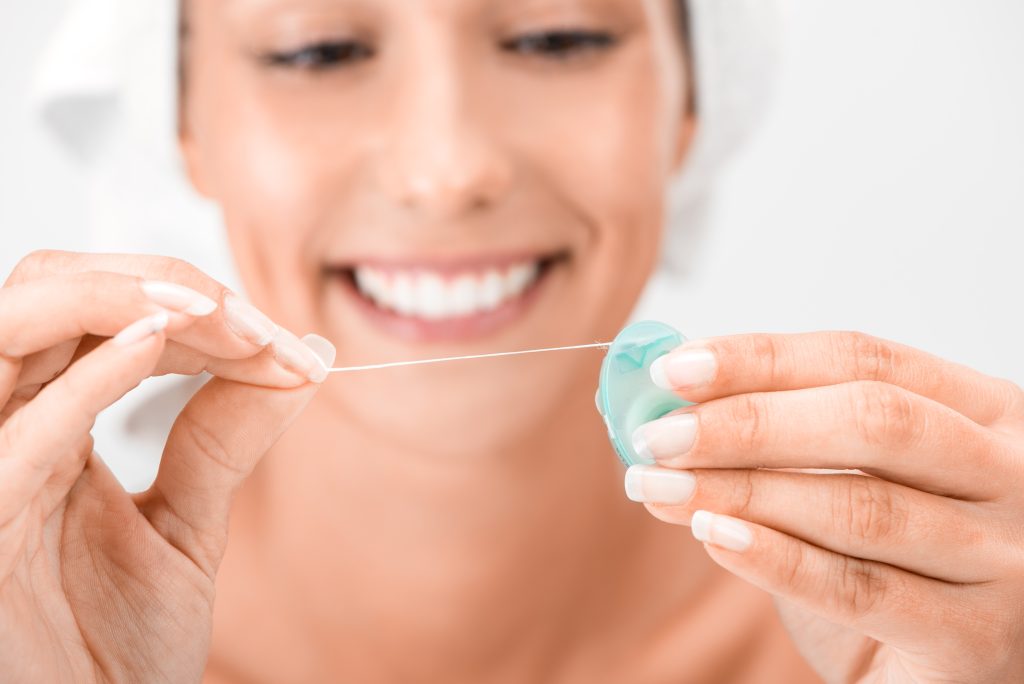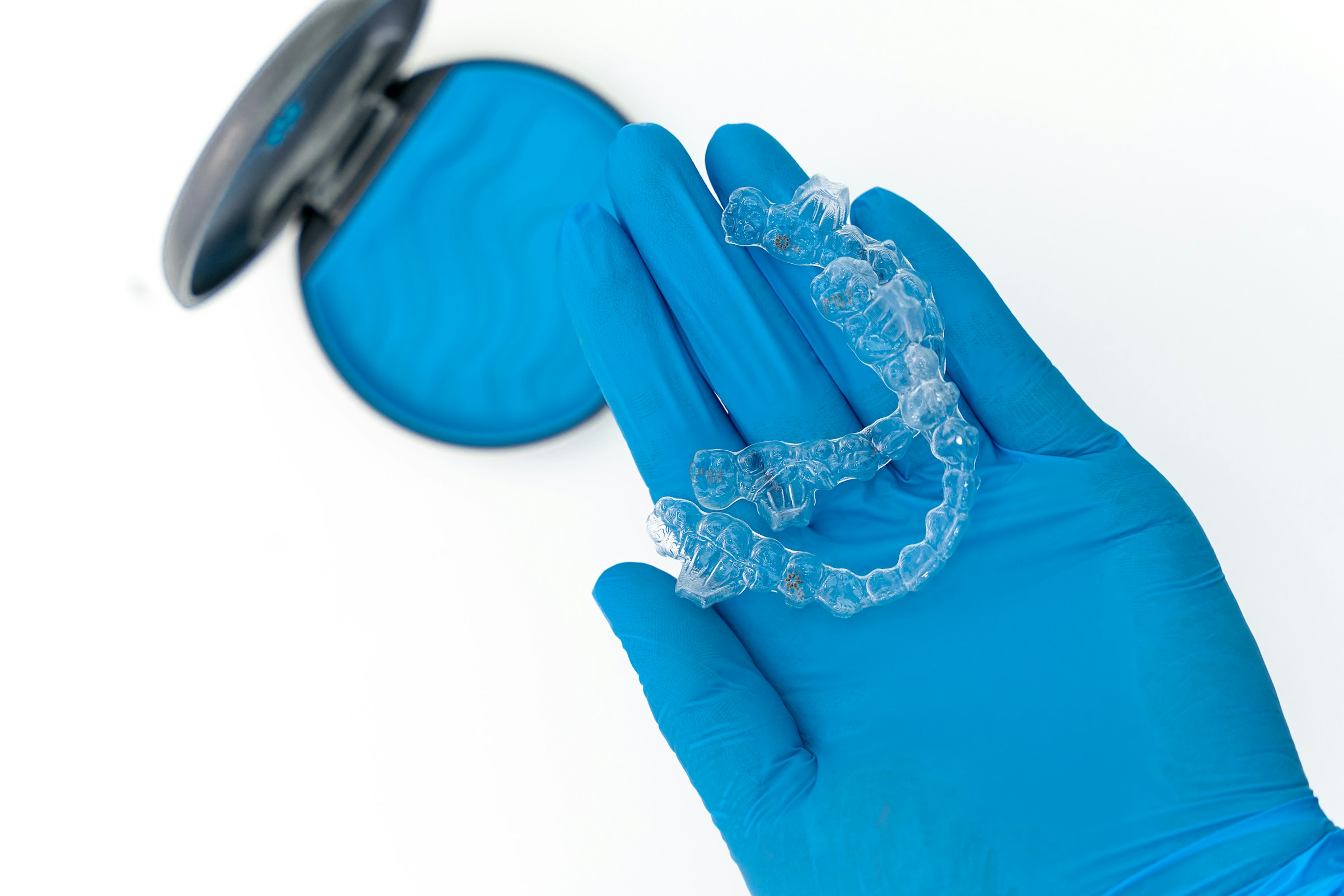The Unvarnished Truth About Flossing: Unravelling the Myth
The significance of flossing has been a subject of much discussion among experts in the field of oral hygiene. There have been arguments over whether it is a necessary tool in your dental care routine or an additional option. Throughout this conversation, we will explore flossing in greater detail, emphasizing its significance and equipping you with the information needed to make informed choices concerning your dental well-being.

Flossing: The Unsung Hero of Oral Hygiene
Imagine your mouth as a bustling city, where teeth are the buildings and food particles and plaque are unwanted squatters. Brushing is akin to street cleaning, effective in open areas but unable to reach the hidden alleyways between the buildings. Flossing is crucial in ensuring that every part of your teeth is cleaned thoroughly. An elite clean-up crew can reach every nook and cranny for a deep cleanse.
1. The Science Behind the String
Flossing is not a random suggestion; it is supported by dental science. Plaque, a sticky film of bacteria, constantly builds up on and between your teeth. If left unremoved, it can solidify into tartar, leading to tooth decay and gum disease. Flossing accomplishes what brushing alone cannot—it eliminates plaque between the teeth and under the gumline, areas where a toothbrush has difficulty reaching.
2. Gum Disease: A Silent Epidemic
Gum disease starts quietly but can have devastating consequences if left unchecked. It begins as gingivitis, characterized by red, swollen, and bleeding gums. If left unaddressed, the condition can advance to periodontitis, a serious ailment that may result in tooth loss and other severe health complications. Flossing daily disrupts and removes the colonies of bacteria responsible for this disease, protecting your teeth and overall health.
3. The Link Between Oral and General Health
Studies conducted recently have revealed a connection between one’s oral hygiene and overall health. Specifically, bacteria that cause gum disease are correlated with illnesses like respiratory issues, heart disease, and diabetes. As a result, flossing has the potential to do more than benefit the teeth. Eliminating harmful oral bacteria could also save one’s life.
Flossing: How and When?
The effectiveness of flossing is not just in doing it but in doing it correctly. Here’s a quick guide:
- When: At least once a day. Many people prefer to floss at night to ensure their mouths are clean before bed.
- How: To floss correctly, you will need about 18 inches of floss. Wrap most of it around your middle fingers, leaving an inch or two to work with. Use a rubbing motion to move the floss between your teeth carefully. Mold the floss into a “C” shape against one tooth, gently insert it into the space between your gum and the tooth, and roll it against the other tooth. Always use a fresh section of floss for each tooth.
Addressing the Myths
Some argue that flossing’s benefits are overstated, citing studies with inconclusive results. However, the lack of long-term, large-scale studies on flossing does not equate to a lack of benefits. The low risk and minimal cost of flossing and its potential benefits make a compelling case for its inclusion in our daily routine.
Wrapping It Up
So, do you need to floss? The answer, looking at the balance of evidence and the recommendations of dental professionals worldwide, is a resounding yes. Flossing might seem like a chore, but it’s crucial, potentially saving you from future dental woes and contributing to your overall well-being. Like any habit, it takes time to establish, but the rewards—a healthier mouth and a brighter smile—are well worth the effort.


